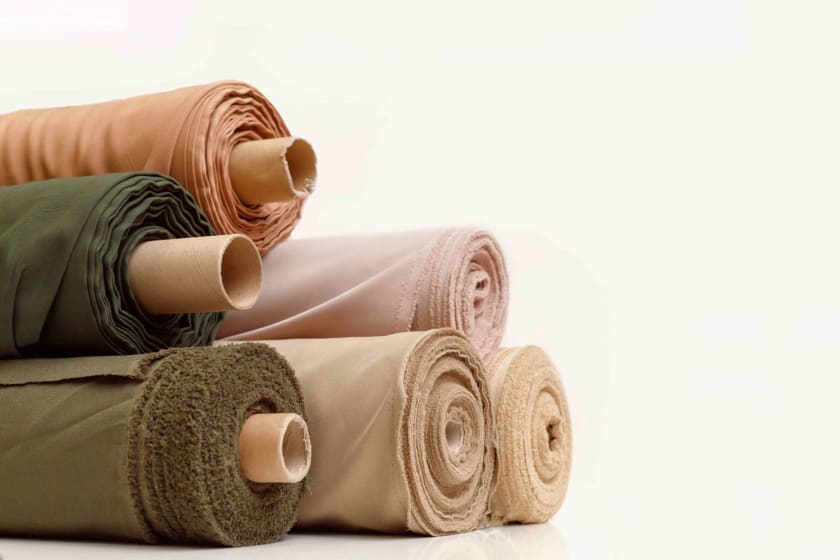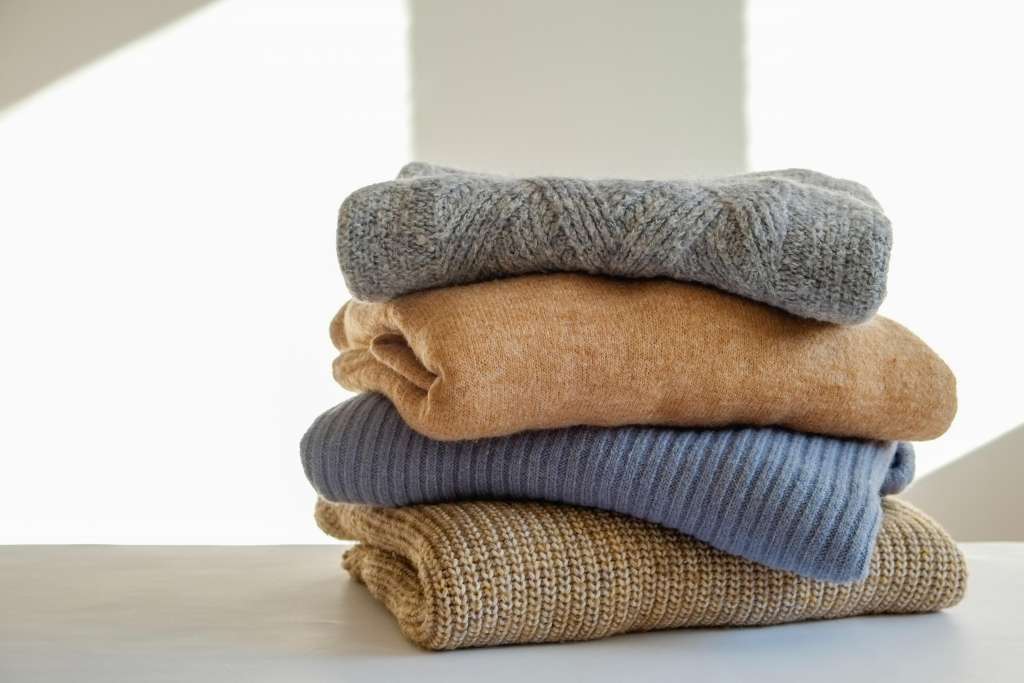Fabric For Fashion: The Swatch Book Second Revised Edition



For anyone in the fashion industry, working closely with fabrics, “Fabric for Fashion” is a pretty handy swatch book. Whether you are a fashion student, a designer, or buyer, the book provides a know-how guide to over 120 types of fabrics. The second edition of this book also contains an entire section dedicated to knitting, weaving and felting. Another notable aspect of this ring-bind volume is it provides a guide to the sourcing of the fabrics, their costs and an annexure dedicated wholly to fabric terminology.
About the authors
Clive Hallet is a senior lecturer of fashion management, at the University of Northumbria, UK. He is also a freelance design consultant, who has been a veteran of the industry since the 1970s. He also lectures at several other notable fashion institutes of repute, and has been a freelance consultant in the industry since the 1980s.
Amanda Johnston is a faculty at the London College of Fashion, and has worked as a freelance fashion consultant till 1982. She has also conducted presentations for the Royal College of Art and the British Council. Since 2010, she has been associated with The Sustainable Angle; a sustainable textile sourcing organization, as a consultant and curator.
About the book
The 272-page book has an introduction section, and has 4 additional sections, dedicated to plant fibers, animal fibers, man made fibers and useful information on the social, ethical and ecological implications of the various types of fibers illustrated.
The book also provides a socio-economic viewpoint in relation to all the fabrics. For instance, Shahtoosh, a woolen fabric made from the Tibetan antelope was in such demand, that it had nearly been hunted to extinction. This makes owning a Shahtoosh shawl illegal these days in many parts of the world. The inclusion of these ethical and ecological factors help the readers make more informed choices; free from moral ambiguity.

The well chosen illustrations teach amateur and professional designers to exploit the intimate properties of the fabrics; this coupled with the different weaving, knitting and sewing styles lead to inspiration and innovations in the field.
The uniqueness of this book comes from its inclusion of over 120 types of fabric swatches. Nothing teaches a designer about a fabric, unless touched and felt along the fingertips. The feel of the fabric is ultimately what determines the level of comfort clothing will provide; how intricate the design, and how best to handle it.
The attention to detail over each aspect is also a noteworthy feature; for instance, man made fibers have been classified into synthetic and artificial fibers. The terms may sound similar. However, the former refers to products wholly prepared in the lab. These include materials like nylon. On the other hand naturally occurring fibers that need to undergo chemical processing constitute the latter part of this classification. This includes fibers such as rayon or viscose.
The book comes in a ring bound volume; be careful while turning the pages or you may damage the fabric swatches that are included here.
Key aspects of the revised 2nd edition
A must-have and invaluable resource for anyone employed in the fashion industry, the second edition has been compiled and composed by experts in their respective fields. In this edition you will find relevant information related to:
- Over 120 different types of fabric swatches; ranging from natural fibers such as cotton, wool, and linen.
- Alternate sources of fibers such as from bamboo and hemp.
- Synthetic fibers such as nylon, soy fibers and microfibers.
- Detailed information on the aforementioned fabrics.
- Comparison of weaves, construction and the weights of different fabrics.
Apart from this, the revised second edition also contains detailed diagrams and photographs to analyze and demonstrate the behavior of different fabric types under specific conditions.
How does this help?
Students
If you are a fashion student, the book guides you on the basics of 142 different types of fabrics, how they behave and the differences in their constructs.
Fashion Designers
For designers in the fashion industry, the book will guide you on how to procure these fibers. Designers also learn the basics of how to fabricate raw materials into clothing. A detailed guide on felting, knitting and weaving techniques are provided with detailed descriptions and photographs.
Not only does the book provide guidance on procurement and design, it actually helps you realize the feel, structure, weight and of course the aesthetic appeal of the fabric you intend to use.
Industry-based applications
On the other hand, if you are a manufacturer, this book guides you precisely. It provides a detailed account on where and how to procure the raw materials. Moreover, the costs of the raw materials have been well researched and updated by the two experts in the field.
The volume also includes photographs and diagrams of the fabric in all its stages; you will know how it looks like in its raw state, before being bleached, dyed and finished. It allows you to understand the properties of the fabrics you intend to use, without being distracted by its colors or patterns.
If you are a sourcing manager, responsible for maintaining stock and replenishing it by placing regular orders, it is a must-have for you.
Buyers
How many times have you faced situations where the fabric labels seem correct, yet the feel of the fabric is not what you expect?
This book is your one-stop solution to solving that problem. Knowing the names of fabrics is a good thing, but what use is it, if you don’t know how each of them feel?

“Light to mid-weight cotton, lawn, viscose, crepe and silk”; can you define and describe all these terminologies? Can you explain exactly how it feels? This book explains exactly, with detailed descriptions, photographs and the intricate nitty-gritties of everything you need to know about fabrics.
In conclusion, this book carries not only useful information relating to the intricacies of fabrics, their feels, properties and textures, but also the real world practical scenarios that may crop up, when treated in specific ways. The easy-to-understand language, integral information and wholesome approach make it an invaluable and indispensable resource for amateurs and professionals related to the industry.



















